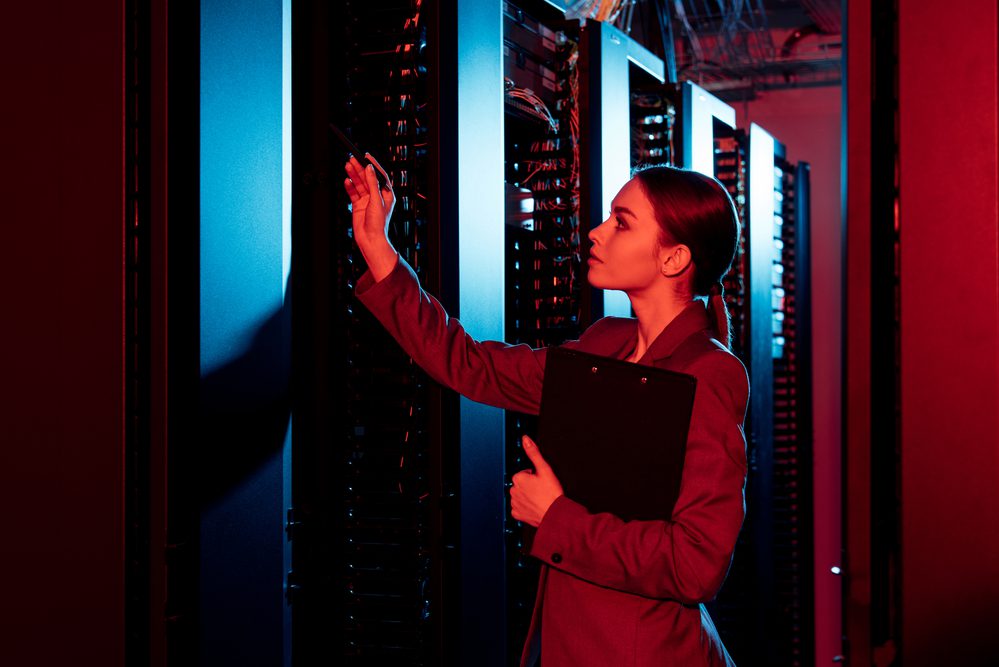When certain financial transactions take place such as Initial Public Offerings, sensitive documents and information will need to be shared. The same goes for restructuring debts, raising capital, and mergers and acquisitions according to goodcloudstorage.net.
These days, companies conduct business with each other all across the world. Thanks to the internet, there are no geographical barriers to one company working with another. Suppose a business in Australia wants to acquire a business in South Korea. In that case, geographical distance and time zones are less of an issue now as business activities can be conducted online.
One method for sharing documents in mergers and other financial transactions within one country or internationally is to use a data room. But, what exactly is a data room, is it an office with filing cabinets, and how does it help these businesses?
What are data rooms?
If you are working in the world of finance, banking, investments, or involved in mergers and acquisitions you may need to understand data rooms.
Originally, these were indeed physical rooms that stored documents, usually for mergers and acquisitions. The location of the room would often be decided by the owner and it could be based in a company’s headquarters or another regional office. It may be in their lawyer’s building or a bank. Part of the decision of where to locate the data room would depend on the size required and how many documents it would be holding.
The reason for using a data room would be that it could provide access to any authorized parties that needed to view records about the merger or acquisition in hand. The room would be secure and only approved individuals would be allowed access. This would normally be the owner and their team plus the other party involved in the transaction and their legal people.
The problems with physical data rooms in modern-day business are that they are expensive to run, take up physical space, can only be accessed at certain times, and are in a fixed location. This is why virtual data rooms started to become popular.
How do virtual data rooms work?
Virtual and physical data rooms have the same purposes. One of the ways investors evaluate a company before an acquisition will be to perform due diligence on the business in question. Data rooms allow access to relevant documents and give greater transparency to mergers and acquisitions.
Virtual data rooms work the same way as traditional ones only with a lot more convenience, security, and features. They allow access anytime someone needs to see a document, and records can be instantly shared internationally on-screen.
Why do companies need to use virtual data rooms?
As mentioned above they can be used in a range of financial transactions but they can be used for other tasks too such as project management. Any time a business needs to share its sensitive data with another business, a virtual data room could and should be used.
Data breaches can damage the reputation of the business involved, cause loss of face, reduced revenue, cause clients to jump ship, and result in fines. Each country has different data protection laws but in the EU the GDPR rules state that a business could be hit with a fine of up to 20 million Euros or 4% of their annual turnover. This is why data breaches can be very costly.
What features would you expect in a virtual data room?
There are many suppliers of VDRs but there are some features you should look for if you are planning to use one. These are some of those main requirements:
256-bit AES SSL encryption
- Watermarks
- Control over access rights
- Self-destruction of documents
- Drag and drop interface
- Multiple languages
- Granular tracking
- Redaction
- Virus protection
- Encryption on open/save
- Advanced search facility
A virtual data room needs to be secure and easy to use. Remember you may be dealing with foreign investors or third parties so having a multilingual interface is necessary. Due to many documents being uploaded and downloaded, virus protection is essential, as is a backup facility.
Self-destruction and granular access and tracking are also very useful tools. If you revoke access to someone, you will need the ability to pull their documents back or destroy them. Granular access lets you have a much tighter grip on what files, folders, or even pages an individual can see. You can also see what was viewed and for how long.
Summary
Virtual data rooms are a way to share essential and private information between businesses and can be used to make sure M&A transactions don’t go wrong.
Many big mergers have failed due to data security risks. Marriott was fined for failure to perform due diligence, Yahoo! saw their value plummet after a data breach, and Facebook walked away from an early incarnation of Tik Tok due to security fears.
Facebook was likely saved from huge potential problems in acquiring Tik Tok by performing due diligence within a virtual data room. This is the value of a data room.





























